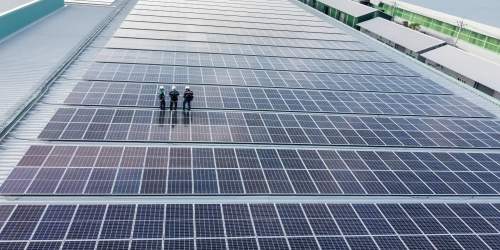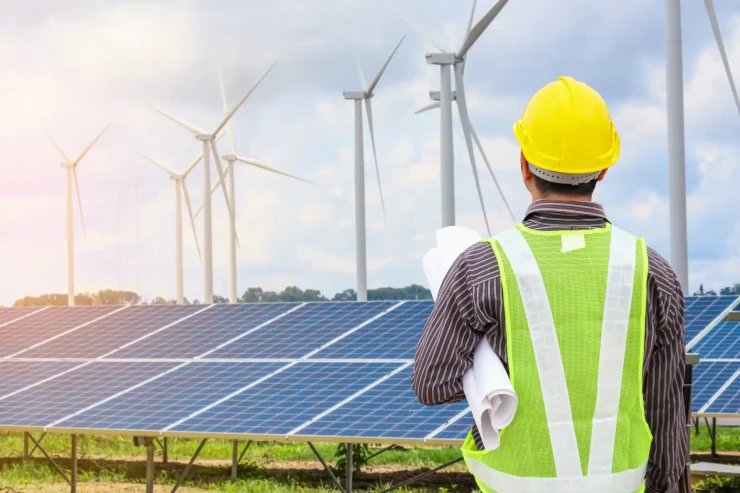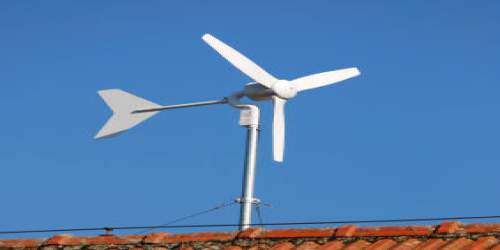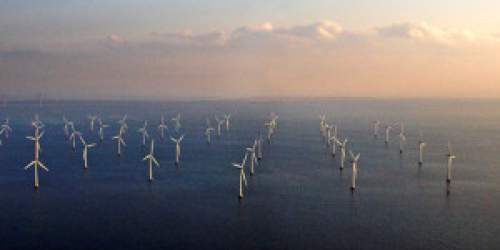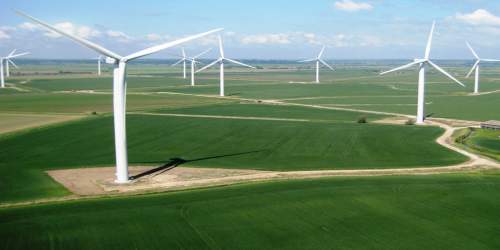
On March 30, 2023, UK Energy Security Secretary Grant Shapps announced Britain’s new clean energy plan. The plan emphasizes investment in carbon capture and storage as well as offshore wind and various strategies to lower energy costs.
Unfortunately, the plan was met with criticism, citing insufficient funding and poor competitiveness compared to the Inflation Reduction Act in the United States. Controversy over Britain’s current clean energy spending begs the question, how can the UK maximize the value of the clean energy budget it has? What investments will be the most effective in 2023 and onward?
Strengthen Onshore and Offshore Wind
In 2022, wind farms contributed 26.8% of the UK’s electricity, making it the largest source of renewable energy in the region. If Britain is going to focus on one source of clean energy, onshore and offshore wind is the clear frontrunner.
The clean energy plan announced in March 2023 includes £160 million in funding for offshore wind. Further investment may be needed to establish energy security, though. A single wind turbine can cost £1.5 million or more and wind farms can contain hundreds of these.
Additionally, Britain is increasing funding for the transition to heat pumps and EVs, both of which increase the UK’s electricity demand. As this demand increases, so will the need for more wind infrastructure to support the UK power grid.
So the £160 million budget for offshore wind investment needs to be spread out between supply chain costs, maintenance and the construction of new wind infrastructure. It’s worth keeping in mind that construction expenses can be quite extensive, including factoring in heavy equipment costs, building materials and labor costs.
Considering all of the costs associated with increasing wind power infrastructure, the UK government has to be strategic about how it uses the available funding. Attracting wind power businesses to Britain is crucial to establish clean energy security.
This is especially important in 2023 since the Inflation Reduction Act significantly increased US clean energy funding, posing serious competition for the UK. Luckily the UK already has a strong foundation in offshore wind, including two of the biggest offshore wind farms in the world. It will be vital to put investment from the clean energy budget into strengthening relationships with offshore wind partners to ensure clean energy security.
Lower Resident Energy Costs
For the past couple of years, the UK has been forced to play damage control with skyrocketing energy costs. In fact, UK electricity prices rose over 66% in 2022 and gas prices rose 129.4% in the same period. The British government implemented the Energy Price Guarantee program to slow these staggering price increases.
Energy costs remain high in 2023, though. Clean energy is an important part of addressing this issue. When there is more energy available and production is efficient, prices will go down. So, half the solution to high energy costs is simply expanding energy production. Bringing in more investors to the British clean energy market will support development of a new power grid, clean energy supply chains and valuable jobs in renewable energy.
Expanding clean energy infrastructure and investment is absolutely vital to lowering energy costs for UK residents. Convincing people to switch to things like heat pumps and EVs will be difficult if electricity costs remain high. The only way to reduce them is to increase the supply of clean energy in the UK. While new clean energy infrastructure is in development, tax policies can help ensure UK residents can afford gas and electricity.
For example, part of the March 2023 plan is increasing investment in heat pumps to replace gas heating. A heat pump is more energy efficient than a conventional furnace and uses electricity instead of gas. Switching UK homes to heat pumps reduces reliance on fossil fuels. This benefits residents financially, as well, since gas prices are rising faster than electricity.
Making the Most of UK Clean Energy Funding
While the UK’s new clean energy plan announced in March 2023 may have flaws, it can still help support a transition to renewables. Britain can maximize the value of the available funding by focusing on top priorities for ensuring long term energy security.
These priorities include strengthening ties with onshore and offshore wind partners and offering high-value incentives to stay competitive with investors. Increasing the availability of clean electricity in the UK will support the transition to heat pumps and EVs and help address rising energy costs.







